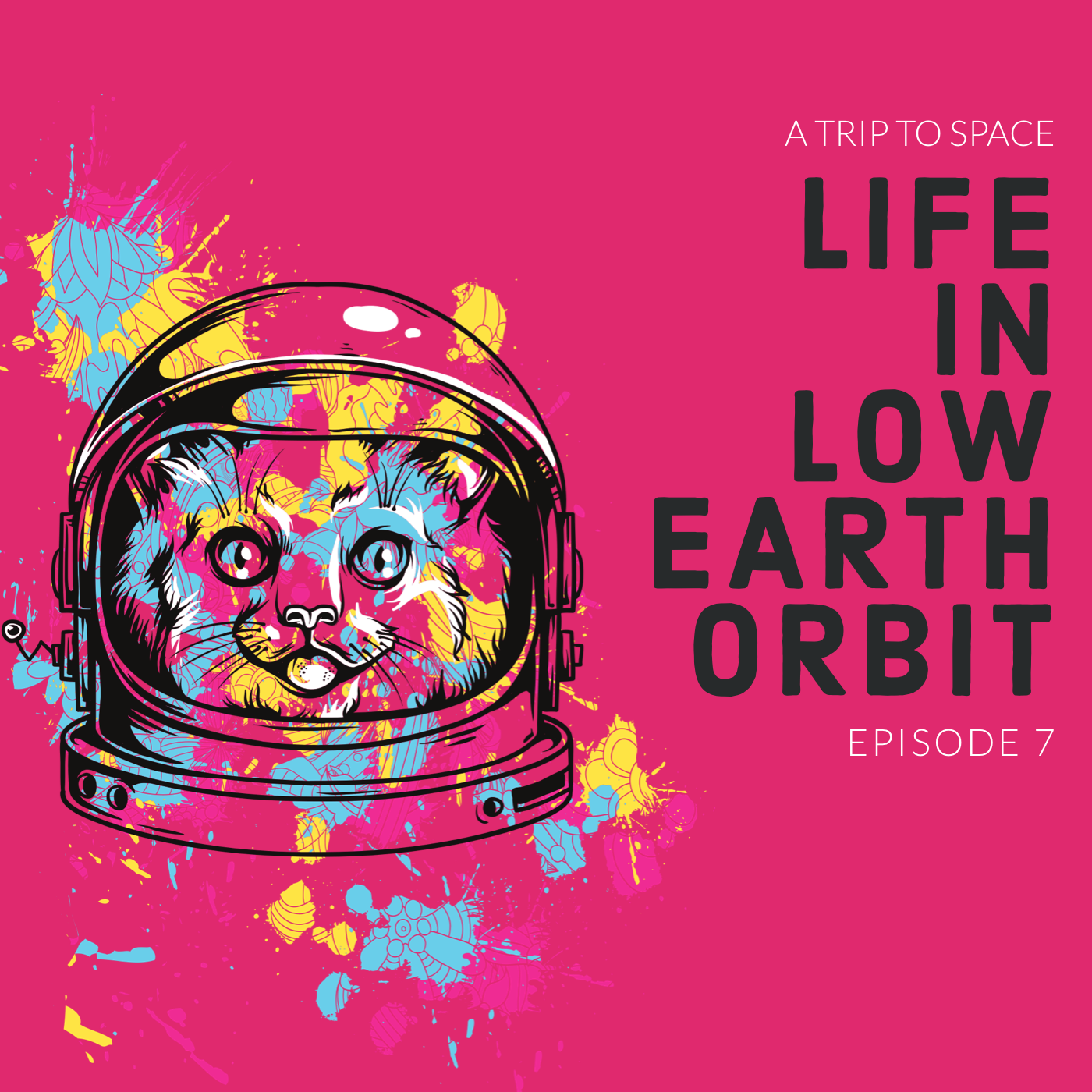Podcast: Play in new window | Download | Embed
Subscribe: Apple Podcasts | RSS | More
NASA is going back to Venus, selecting the VERITAS and DAVINCI+ missions as part of the Discovery program, with both scheduled to launch between 2028 and 2030.
These two missions to Earth’s hellish twin will aim to find out why it’s so hot and inhospitable, why its early development went from being Earth-like to hellish and what hides beneath the thick acidic clouds.
A jellyfish galaxy is a strange form of star cluster. It has a tail making it look like a jellyfish – and a team from the Max Plank Institute want you to help them find out why – through the Zooniverse citizen science website.
Canadaarm2 is the Canadian Space Agency contribution to the ISS. It helps spaceships dock and installs equipment without astronauts having to take an EVA – but it had a recent close encounter with a piece of space debris.
ESA has launched a debris coding challenge. Space junk it is a growing problem and to encourage coders and STEM students to think about the problem, the European Space Agency launched a challenge asking people to calculate the origin of fictional space junk when given just their trajectory.
We also look at the ESA astronaut program, with the opportunity to apply to become a European astronaut coming to close in just over a week.
Virgin Galactic are sending an bioastronautics researcher up to space. Kellie Gerardi will go up on VSS Unity from next year to test fluid dynamics in low gravity, an undersuit with sensors and look out of the window at Earth.
And chapter three of HG Wells A Modern Utopia, where we start to explore the idea of another world.


No responses yet